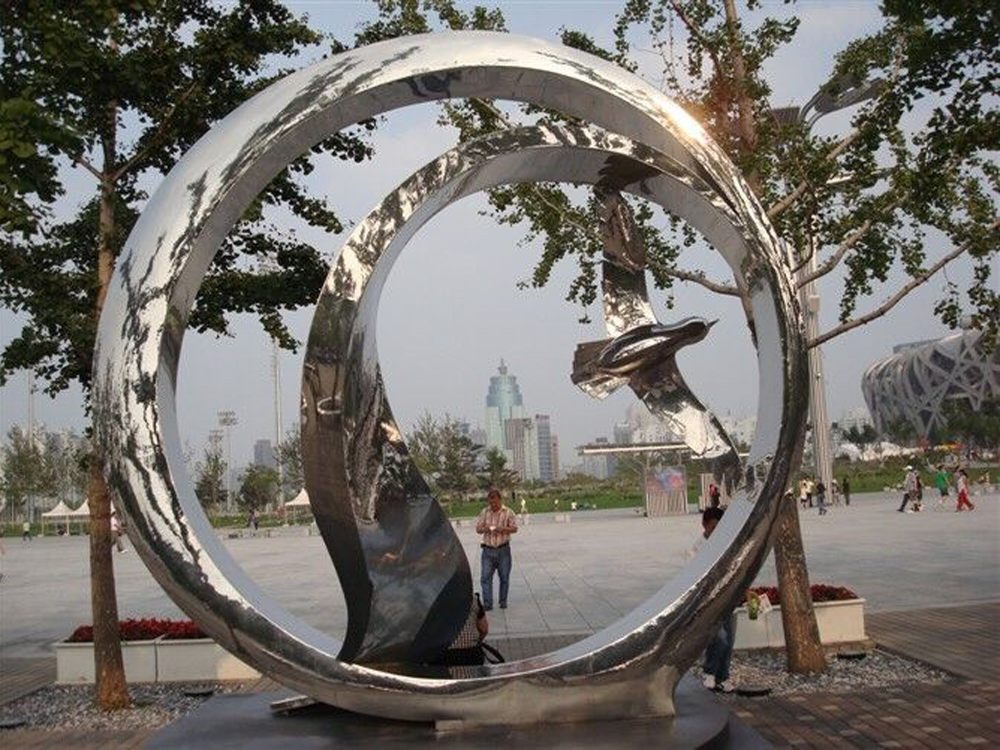
The ability to transform rigid stone into seemingly flowing, dynamic forms is one of the most captivating feats in sculpture. Artists achieve this illusion of movement through a combination of technical mastery and visual trickery that has evolved over centuries.
Key techniques include:
1. Strategic Undercutting - By deeply carving recessed areas, sculptors create shadows that suggest motion, as seen in Bernini's "Apollo and Daphne" where drapery appears to flutter.
2. Asymmetrical Composition - Positioning figures off-balance with extended limbs or swirling drapery implies interrupted motion, like Michelangelo's "Dying Slave."
3. Surface Texture Contrast - Polishing some areas while leaving others rough mimics how light plays on moving surfaces, a technique perfected in Hellenistic sculptures.
4. Implied Kinetic Lines - Carving flowing hair, garments, or water elements in mid-movement tricks the eye into perceiving motion where none exists physically.
5. Optical Refinements - Ancient Greek sculptors slightly distorted proportions when viewed straight-on to create lifelike movement when seen from temple approaches.
Modern artists continue pushing these boundaries using power tools to create even more extreme fluid effects in granite and marble. The paradox of motion frozen in immovable stone remains one of art's most enduring magic tricks.

